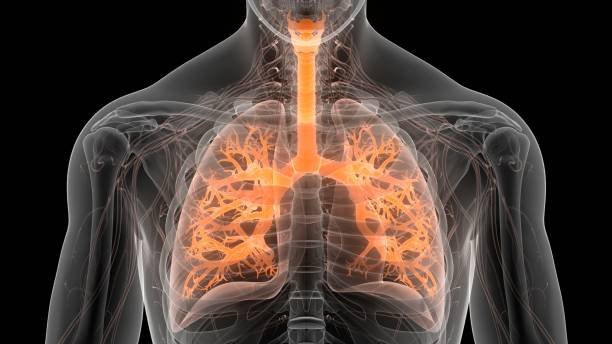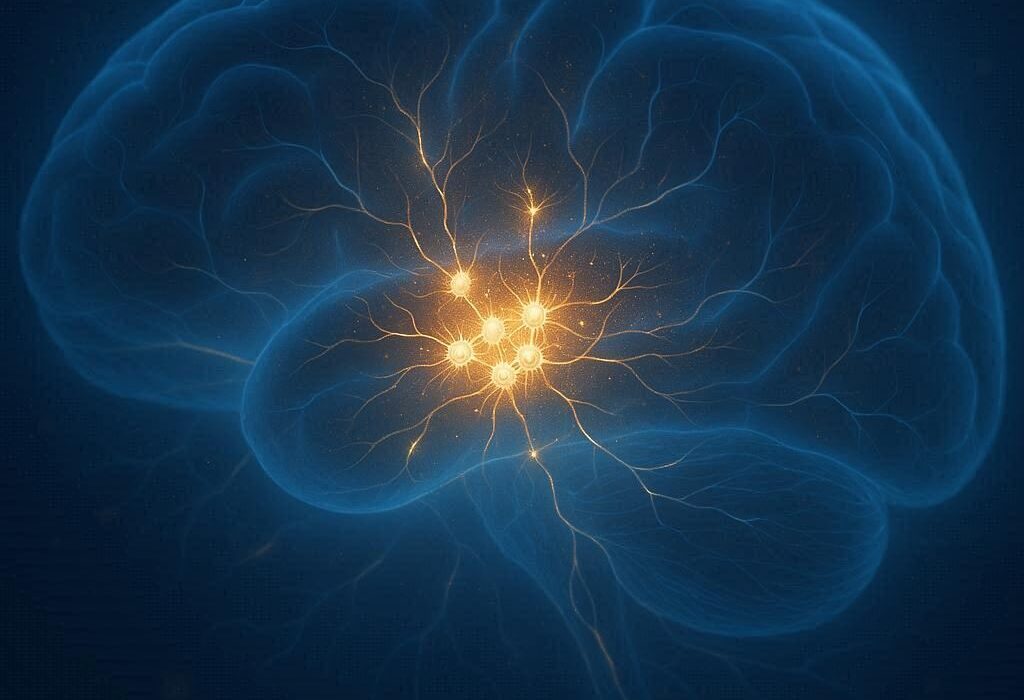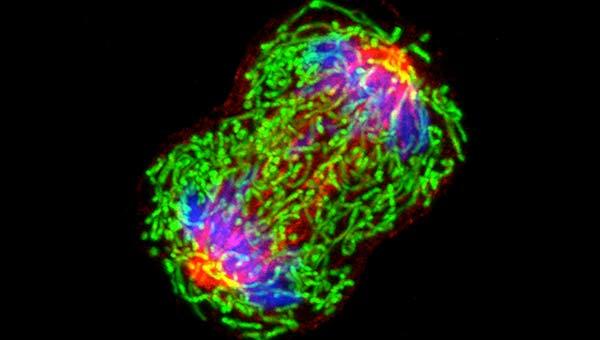Lung cancer has long carried the shadow of cigarettes. It’s a disease that, for decades, has been almost synonymous with smoking. But behind the plumes of tobacco and decades of public health messaging, another, quieter epidemic has been growing. Around the world, more and more people who have never smoked—not even a single cigarette—are being diagnosed with lung cancer.
The most haunting part? No one knew exactly why.
Now, an international team of scientists may have found the missing link. In a groundbreaking study published in the journal Nature, researchers from the University of California San Diego and the U.S. National Cancer Institute have uncovered striking genetic evidence that connects environmental exposures—especially air pollution and certain herbal medicines—to the rise of lung cancer in never-smokers.
Their findings reveal not only a previously underestimated threat but also a powerful story about how the world we breathe, live, and heal in can leave marks in our DNA—marks that can lead to deadly consequences.
A Growing Crisis Beyond Tobacco
As tobacco use has declined in many countries, public health experts have noted a disturbing shift: the proportion of lung cancer cases among never-smokers is rising. In some regions, particularly East Asia, this form of cancer disproportionately affects women. But until now, most studies lumped smokers and non-smokers together, blurring the data and leaving scientists grasping for answers.
“We’re seeing this problematic trend that never-smokers are increasingly getting lung cancer, but we haven’t understood why,” said Ludmil Alexandrov, professor of bioengineering and cellular and molecular medicine at UC San Diego, and co-lead of the study.
So Alexandrov and his colleagues set out to separate the signal from the noise—not just by looking at epidemiological data, but by going directly to the source: the tumors themselves.
The DNA Tells a Story
The team conducted whole-genome sequencing on lung tumors from 871 people who had never smoked. These patients lived in 28 regions across Africa, Asia, Europe, and North America. Each tumor, like a black box from a wrecked plane, carried the history of everything that had gone wrong inside the cell.
And inside that DNA, the researchers found fingerprints—known as mutational signatures—that pointed directly at environmental culprits.
One of the strongest signals? A mutational pattern typically linked to tobacco smoking. But these were never-smokers.
What the researchers found is that air pollution—particularly exposure to fine particulate matter known as PM2.5—is triggering the same kind of genetic damage normally associated with cigarettes.
“We now have genomic evidence showing that air pollution is associated with the same types of DNA mutations we typically associate with smoking,” said Alexandrov. “This is not just a statistical link. It’s written in the DNA.”
How Pollution Wreaks Genetic Havoc
By combining genomic data with air pollution estimates—derived from satellites and ground sensors—the researchers found a clear pattern: the more pollution someone had been exposed to, the more mutations showed up in their lung tumors.
One mutational signature linked to smoking increased nearly fourfold in people living in highly polluted areas. Another, related to natural aging, rose by 76%.
The more exposure, the more damage. And that damage was not random.
The researchers discovered a rise in driver mutations—genetic changes that actively push cells toward cancer. These are not background noise; they are the molecular equivalent of a gas pedal being pressed toward malignancy.
“Air pollution doesn’t create a unique mutation signature of its own,” explained Marcos Díaz-Gay, a co-author of the study and researcher at the Spanish National Cancer Research Center. “But it increases the total number of mutations, particularly in pathways we know are involved in cancer.”
They also noted another red flag: the tumors had shorter telomeres—the protective caps on chromosomes that erode with age. Shortened telomeres are a well-known sign of cellular stress and premature aging, and their presence supports the idea that environmental exposures are pushing cells to deteriorate faster.
Secondhand Smoke and Its Surprisingly Subtle Signature
Interestingly, the study found that secondhand smoke, long known to be a cancer risk, left a surprisingly weak genetic trail in the tumors of never-smokers. While these tumors also showed telomere shortening—again a sign of cellular aging—they didn’t contain many additional driver mutations or distinct mutational signatures.
“If there is a mutagenic effect of secondhand smoke, it may be too weak for our current tools to detect,” said Tongwu Zhang, another lead author of the study from the National Cancer Institute. “But its biological effects are still there.”
One possibility, the researchers suggest, is that the impact of secondhand smoke depends greatly on proximity, frequency, and intensity of exposure—details that are often difficult to measure or recall accurately.
The Herbal Medicine Warning Hidden in the Genome
One of the most unexpected findings came from Taiwan. Among a subset of never-smokers, mostly women, the researchers found a distinctive mutational signature not linked to air pollution—but to aristolochic acid.
Aristolochic acid is a potent carcinogen found in some traditional Chinese herbal medicines. It has long been associated with kidney and urinary tract cancers. But this is the first time it’s been genetically tied to lung cancer.
Its presence in lung tumor DNA raises a troubling possibility: that some people may be inhaling this toxic compound when using certain herbal remedies.
“This raises new concerns about how traditional remedies might unintentionally raise cancer risk,” said Maria Teresa Landi, epidemiologist at the National Cancer Institute and co-senior author of the study. “It also presents a public health opportunity for cancer prevention—particularly in Asia.”
An Unknown Signature—and a New Mystery
As if pollution and herbal medicines weren’t enough, the study revealed a final, cryptic discovery.
In most of the lung tumors from never-smokers, the researchers found a new mutational signature—one they couldn’t trace back to any known environmental exposure, not even air pollution. It was entirely absent from the tumors of smokers.
No one knows what causes it. Its presence in such a wide range of cases suggests there is another, currently unidentified, carcinogenic process at work.
“It opens up a whole new area of investigation,” Alexandrov said. “We’re seeing something we don’t yet understand, and that’s both fascinating and concerning.”
What Comes Next: Expanding the Search
The team is already working to expand their research. They are gathering data from more never-smokers in Latin America, the Middle East, and additional regions of Africa.
They’re also turning their attention to new and emerging exposures: marijuana use, vaping, radon, asbestos, and occupational pollutants. Could these factors also be quietly fueling the rise of lung cancer in people who’ve never lit a cigarette?
The ultimate goal is to draw a more complete map of risk—one that separates myth from fact and gives public health leaders the knowledge they need to protect vulnerable populations.
Redefining Lung Cancer Risk in the 21st Century
This study does more than reveal an alarming reality—it reshapes how we think about lung cancer. It’s no longer just a smoker’s disease. It’s a disease shaped by the very air we breathe, the traditions we follow, and the invisible particles that surround us.
And perhaps most importantly, it’s a call to action.
“We now have a clearer picture of what’s causing lung cancer in never-smokers,” said Landi. “And with that knowledge comes responsibility—to act, to educate, and to prevent.”
For the millions who have never smoked but live in polluted cities or rely on traditional medicines, this research is a wake-up call. The future of lung cancer prevention may lie not just in helping people quit smoking—but in cleaning the air, regulating alternative medicines, and looking deeper into the uncharted territories of our genetic history.
As science continues to decode the stories written in our DNA, one truth becomes clear: the environment we live in leaves its mark. And now, we finally have the tools to read it.
Reference: Maria Teresa Landi, The mutagenic forces shaping the genomes of lung cancer in never-smokers, Nature (2025). DOI: 10.1038/s41586-025-09219-0. www.nature.com/articles/s41586-025-09219-0






